This article relies largely or entirely on a single source .(April 2024) |

The Institute of Mathematics of the National Academy of Sciences of Belarus is headquartered in Minsk, with a division in Gomel.
This article relies largely or entirely on a single source .(April 2024) |

The Institute of Mathematics of the National Academy of Sciences of Belarus is headquartered in Minsk, with a division in Gomel.
The institute was stablished in 1959 on the basis of mathematical laboratories and the laboratory of electronic computers of the Institute of Physics and Mathematics of the BSSR Academy of Sciences. [1] Initially its name was the Institute of Mathematics and Computer Technics of the Academy of Sciences of the BSSR. [2]
As of 2024 [update] the Institute has the following departments: [1]
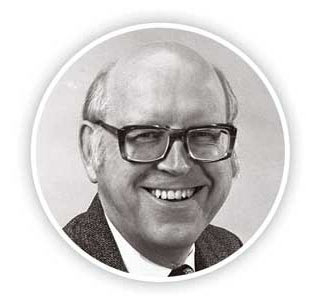
Allen Newell was an American researcher in computer science and cognitive psychology at the RAND Corporation and at Carnegie Mellon University's School of Computer Science, Tepper School of Business, and Department of Psychology. He contributed to the Information Processing Language (1956) and two of the earliest AI programs, the Logic Theorist (1956) and the General Problem Solver (1957). He was awarded the ACM's A.M. Turing Award along with Herbert A. Simon in 1975 for their contributions to artificial intelligence and the psychology of human cognition.
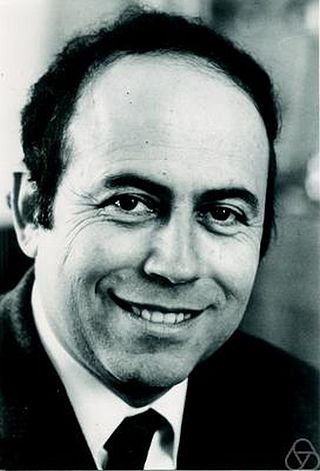
Michael Oser Rabin is an Israeli mathematician, computer scientist, and recipient of the Turing Award.

John McCarthy was an American computer scientist and cognitive scientist. He was one of the founders of the discipline of artificial intelligence. He co-authored the document that coined the term "artificial intelligence" (AI), developed the programming language family Lisp, significantly influenced the design of the language ALGOL, popularized time-sharing, and invented garbage collection.

Jack Joseph Dongarra is an American computer scientist and mathematician. He is the American University Distinguished Professor of Computer Science in the Electrical Engineering and Computer Science Department at the University of Tennessee. He holds the position of a Distinguished Research Staff member in the Computer Science and Mathematics Division at Oak Ridge National Laboratory, Turing Fellowship in the School of Mathematics at the University of Manchester, and is an adjunct professor and teacher in the Computer Science Department at Rice University. He served as a faculty fellow at the Texas A&M University Institute for Advanced Study (2014–2018). Dongarra is the founding director of the Innovative Computing Laboratory at the University of Tennessee. He was the recipient of the Turing Award in 2021.
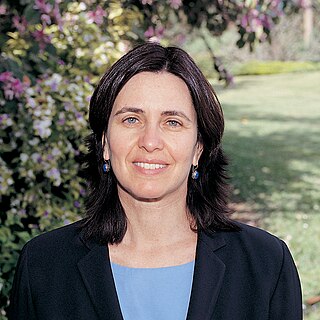
Shafrira Goldwasser is an Israeli-American computer scientist and winner of the Turing Award in 2012. She is the RSA Professor of Electrical Engineering and Computer Science at Massachusetts Institute of Technology; a professor of mathematical sciences at the Weizmann Institute of Science, Israel; the director of the Simons Institute for the Theory of Computing at the University of California, Berkeley; and co-founder and chief scientist of Duality Technologies.

The University of Science and Technology of China (USTC) is a public university in Baohe, China. It is affiliated with the Chinese Academy of Sciences, and co-funded by the Chinese Academy of Sciences, the Ministry of Education of China, and the Anhui Provincial Government. The university is part of Project 211, Project 985, and the Double First-Class Construction.

Herbert Aaron Hauptman was an American mathematician and Nobel laureate. He pioneered and developed a mathematical method that has changed the whole field of chemistry and opened a new era in research in determination of molecular structures of crystallized materials. Today, Hauptman's direct methods, which he continued to improve and refine, are routinely used to solve complicated structures. It was the application of this mathematical method to a wide variety of chemical structures that led the Royal Swedish Academy of Sciences to name Hauptman and Jerome Karle recipients of the 1985 Nobel Prize in Chemistry.

The Courant Institute of Mathematical Sciences is the mathematics research school of New York University (NYU). Founded in 1935, it is named after Richard Courant, one of the founders of the Courant Institute and also a mathematics professor at New York University from 1936 to 1972, and serves as a center for research and advanced training in computer science and mathematics. It is located on Gould Plaza next to the Stern School of Business and the economics department of the College of Arts and Science.
Joel Moses was an Israeli-American mathematician, computer scientist, and Institute Professor at the Massachusetts Institute of Technology (MIT).
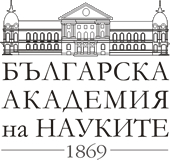
The Bulgarian Academy of Sciences is the National Academy of Bulgaria, established in 1869.

Indian Statistical Institute (ISI) is a public university which is recognized as an Institute of National Importance by the 1959 act of the Indian parliament. It grew out of the Statistical Laboratory set up by Prasanta Chandra Mahalanobis in Presidency College, Kolkata. Established in 1931, this unique institution of India is one of the oldest institutions focused on statistics, and its early reputation led it to being adopted as a model for the first US institute of statistics set up at the Research Triangle, North Carolina by Gertrude Mary Cox.

The Czech Academy of Sciences was established in 1992 by the Czech National Council as the Czech successor of the former Czechoslovak Academy of Sciences and its tradition goes back to the Royal Bohemian Society of Sciences and the Emperor Franz Joseph Czech Academy for Sciences, Literature and Arts. The academy is the leading non-university public research institution in the Czech Republic. It conducts both fundamental and strategic applied research.
Alexey Andreyevich Lyapunov was a Soviet mathematician and an early pioneer of computer science. One of the founders of Soviet cybernetics, Lyapunov was member of the Academy of Sciences of the Soviet Union and a specialist in the fields of real function theory, mathematical problems of cybernetics, set theory, programming theory, mathematical linguistics, and mathematical biology.
Zinovii P. Shulman was a Belarusian hydrodynamics scientist, former chief research worker of the state research institute A. V. Luikov Heat and Mass Transfer Institute of the National Academy of Sciences of Belarus, and a doctor of technical sciences.

Francisk Skorina Gomel State University is a medium-sized university situated in Gomel, Belarus. It was opened in 1930.

Maurice Paul Nivat was a French computer scientist. His research in computer science spanned the areas of formal languages, programming language semantics, and discrete geometry. A 2006 citation for an honorary doctorate (Ph.D.) called Nivat one of the fathers of theoretical computer science. He was a professor at the University Paris Diderot until 2001.

Institute of Strength Physics and Materials Science of the Siberian Division of the Russian Academy of Sciences—one of the institutes of the Tomsk Research Center of the Siberian Division of the Russian Academy of Sciences. It is located in Tomsk Academic City. The Institute consists of 5 buildings with a total area of 18,487 square meters. The Institute has 15 research laboratories, the center of collective use "Nanotech", the international centre for research on physical mesomechanics, materials, the Interdisciplinary Science and Technology Center "Welding", the Testing Laboratory "Metal-Test", and 2 scientific and technological departments.

James Weldon Demmel Jr. is an American mathematician and computer scientist, the Dr. Richard Carl Dehmel Distinguished Professor of Mathematics and Computer Science at the University of California, Berkeley.

The Militsiya of the Republic of Belarus is a law enforcement agency in Belarus responsible for regular policing duties in the country.
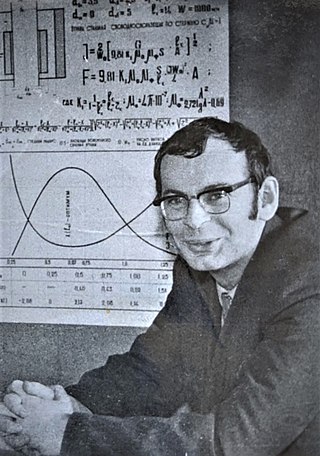
Mark Iosifovich Petrokovets was a Soviet and Belarusian scientist prominent in the fields of tribology, the study of frictional interaction between surfaces, and well known for his classical influential handbooks "Introduction to Tribology" and "Friction and wear in polymer-based materials".